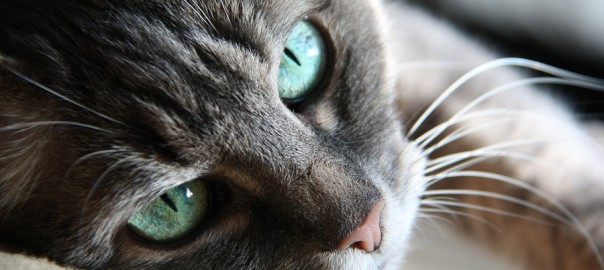Are you looking for a book about animals that will inform you, uplift you, and make you think?
Every since they introduced in-flight wifi, the amount of reading I do on airplanes (which is where I seem to spend half my life) has dropped dramatically. But when Fear Free Advisory Group member Dr. Marc Bekoff’s new book, Canine Confidential: Why Dogs Do What They Do, found its way into my carry-on bag, I decided to skip the laptop and dig into a good book.
Now, Dr. Bekoff is an impressive guy. The author of 30 books, he’s professor emeritus of ecology and evolutionary biology at the University of Colorado, a former Guggenheim Fellow, and co-founder (with Jane Goodall) of Ethologists for the Ethical Treatment of Animals. In fact, just reading his bio gives me an inferiority complex. And Canine Confidential is good, too — but in addition to being good, it’s a good read.
He takes us from the dog park to scientific journals to our homes and yards, to share his deep-based understanding of how dogs behave and why. (Although he admits the answer to “Why?” is often “We don’t know… yet.”) He also takes a stand on the issue of “dominance” training, and explains why positive approaches to learning in dogs are the most effective.
I couldn’t have enjoyed Canine Confidential more, both as a veterinarian and a dog owner/lover. Definitely worth the read, even if there is wifi on your flight!




